Stolychny cake: Soviet classics with a festive interpretation (RECIPE)
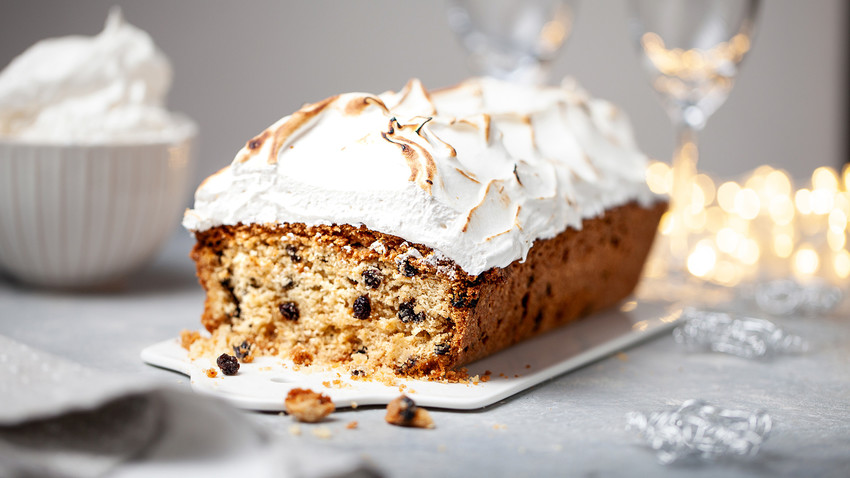
Looking for a special dessert for winter holidays? Try Stolichny cake!
Yulia MulinoThe first mention of Stolychny keks, or Capital cake goes back to 1951. The cake was widely sold in bakeries and its recipe was considered a secret. Classic Stolychny looked like a long brick with a split on top, covered with sugar powder. You could find it as a sort of cupcake. It had a nice yellow cut with evenly spread raisins.
Using basic ingredients, Stolychny requires certain techniques that must be closely followed. The baking temperature should not be higher than 170°, otherwise the cake will be raw inside and burned outside. The recipe itself is quite easy to remember because all the components are added in equal proportions.
I remember Stolychny keks from the early 1990s, when my family was happily moving to a new apartment. Every weekend we went to do some work there. This adventure was even more memorable for me as an 8-year-old girl because of the cake my mother baked. It was a Stolichny cake with a white cloud of meringue on top.

Later, I learned to cook it myself, following all the instructions of my mother who slightly changed the recipe. She uses yolks in the dough and whites for the cream, which requires a bit more eggs than in a classic cake. I add a bit of corn starch, which makes the dough crumblier and more homogeneous.
This dessert is for people with a sweet tooth. If you want to compensate for its sweetness, then serve Stolychny with sour berries like red currants or cranberries. Or you can always stick to a classic variant with only sugar powder on top; in this case you will need three entire eggs instead of four yolks.
Ingredients:
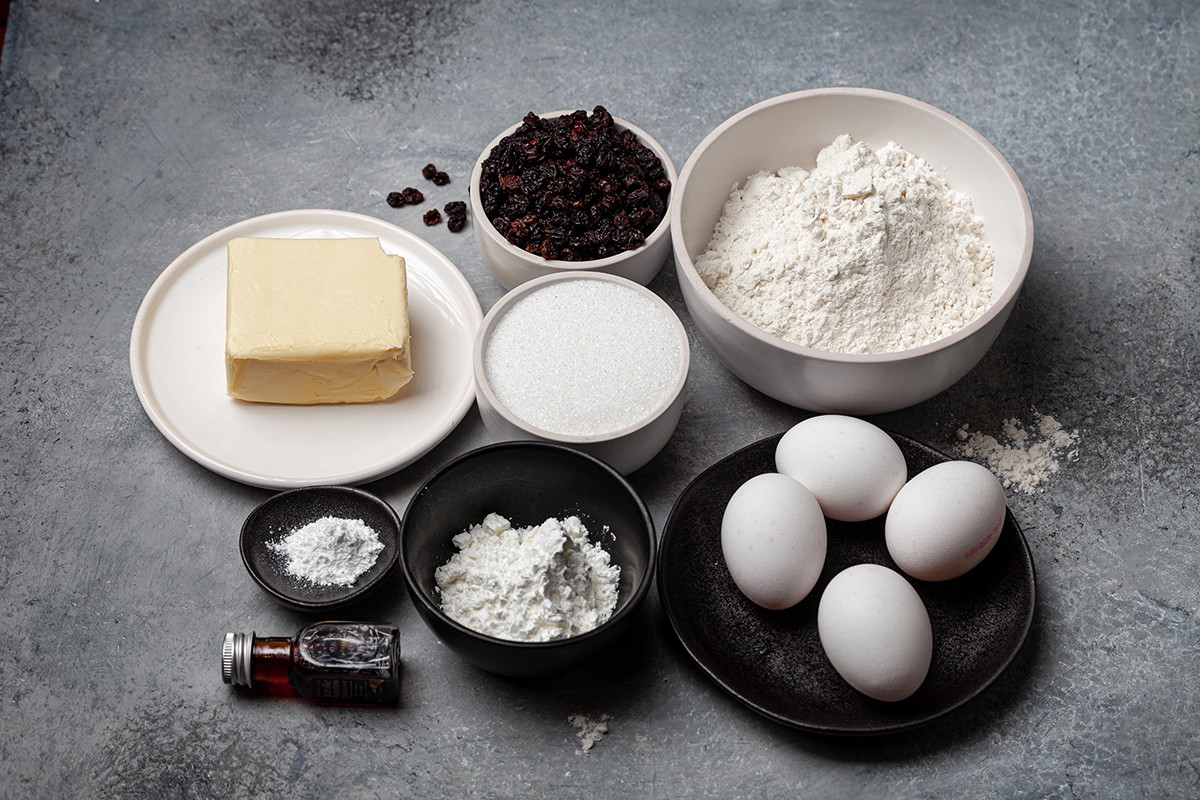
Dough (mould 25x12 cm):
- Flour - 200 g + cornstarch - 20 g (or 220 of flour)
- Butter - 150 g
- Sugar - 150 g
- Eggs - 4 yolks
- Raisins - 150 g (+ 1-2 tsp of cognac - optional)
- Baking powder - 1 tsp
- Salt - 1/2 tsp
- Vanilla – ½ tsp (optional)
Meringue:
- 4 egg whites ~ 100-120 g
- Sugar - 200 g
- Water - 100 ml
Cooking:
1. Separate the yolks and whites. Put aside the whites, to protect those from accidental fat drops.
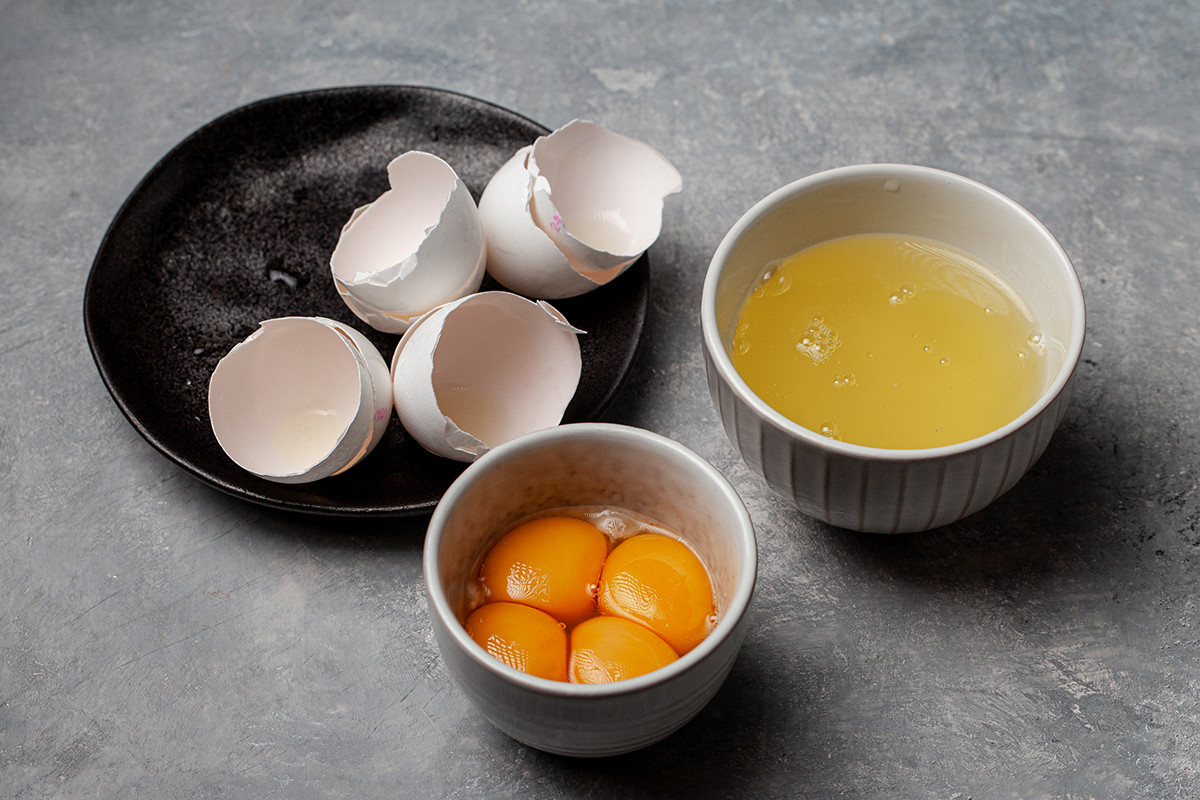
2. Blend butter and sugar until white. It will take you for about 7 minutes.
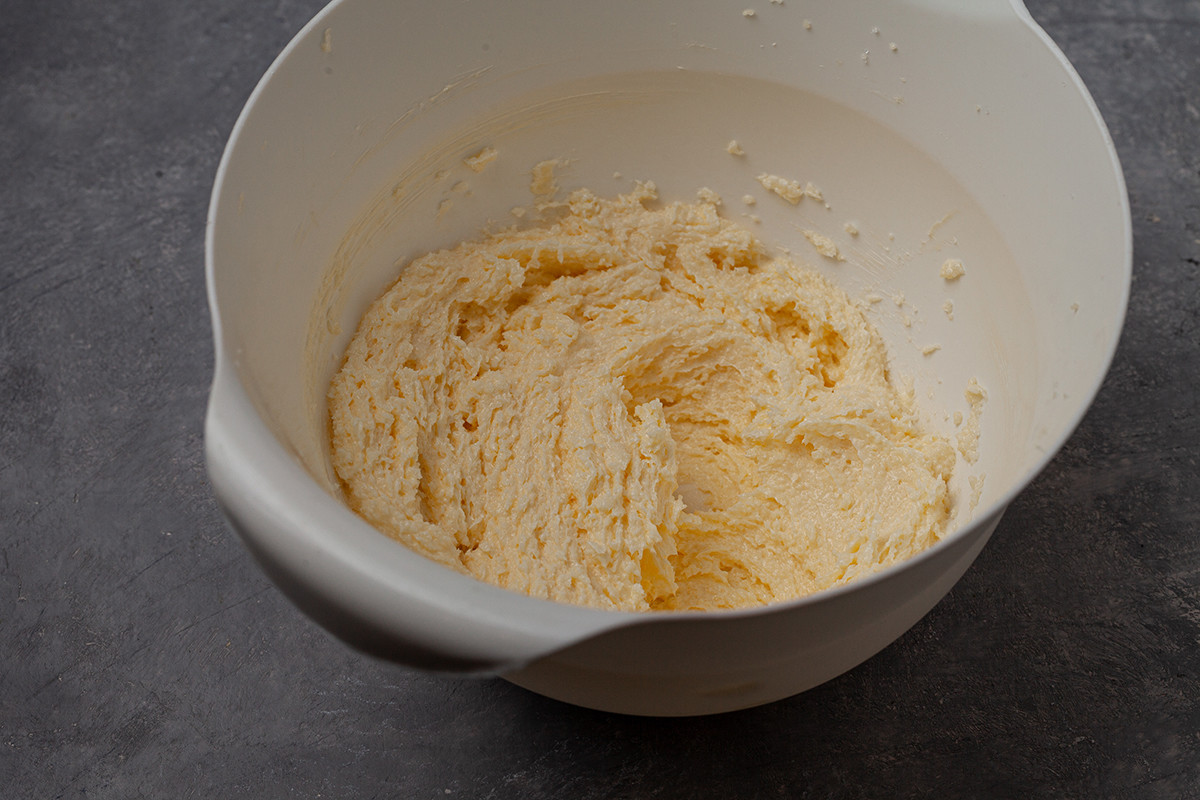
3. Add yolks one at a time and mix thoroughly each time (1-2 minutes each yolk). The sugar should dissolve.
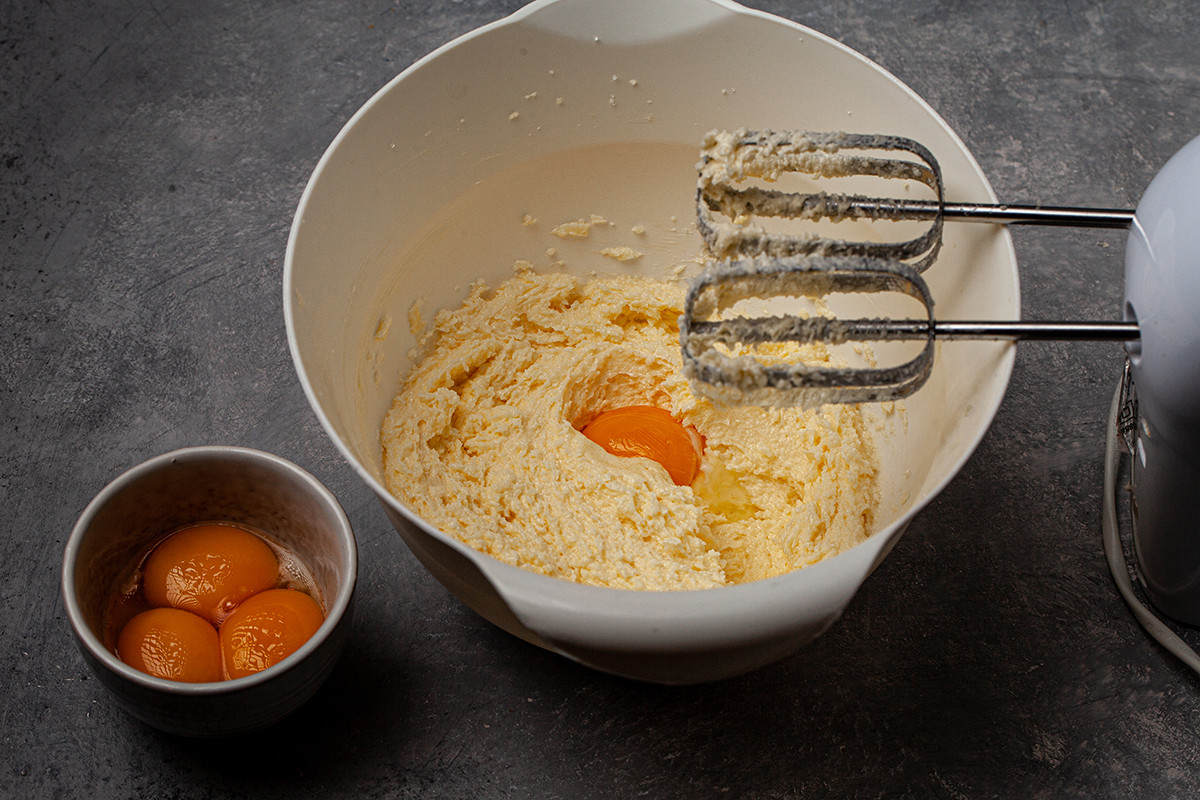
4. After about 15 minutes, the mass will be lighter.
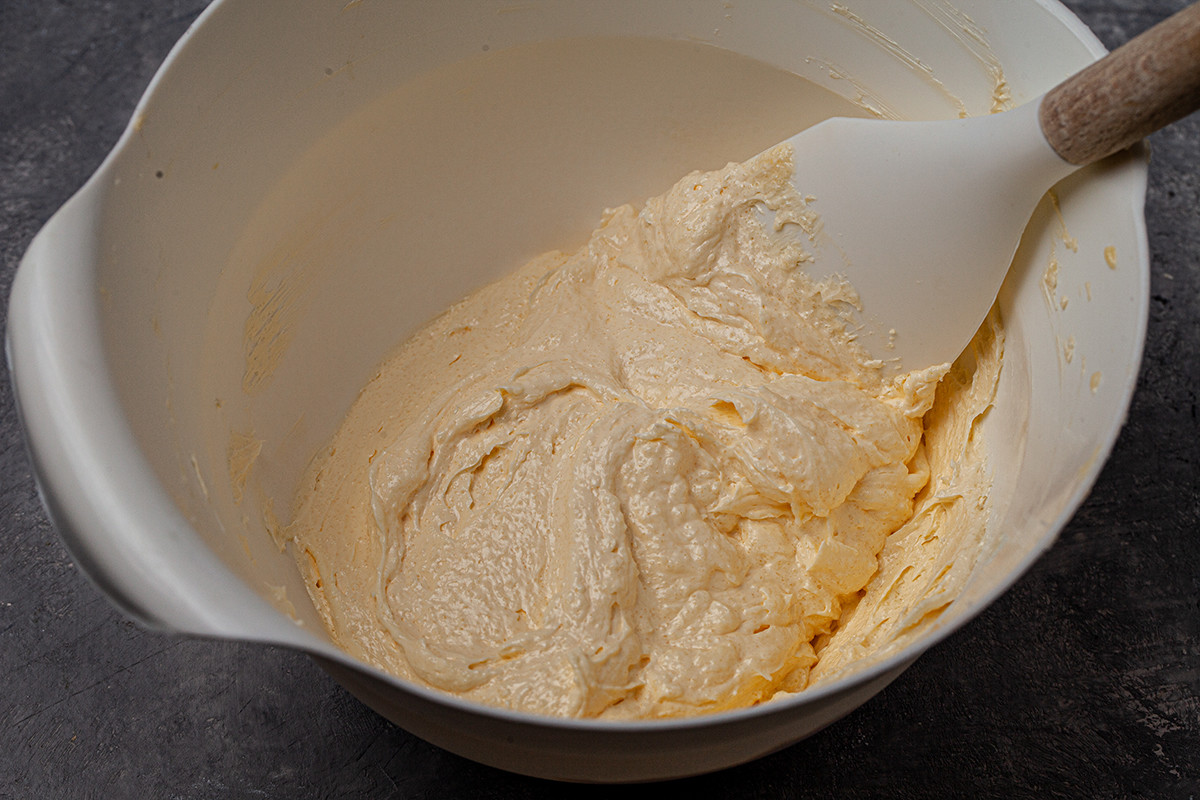
5. Soak raisins in warm water for about half an hour. You may also soak the raisins for about a day in cognac. Dry them thoroughly after.
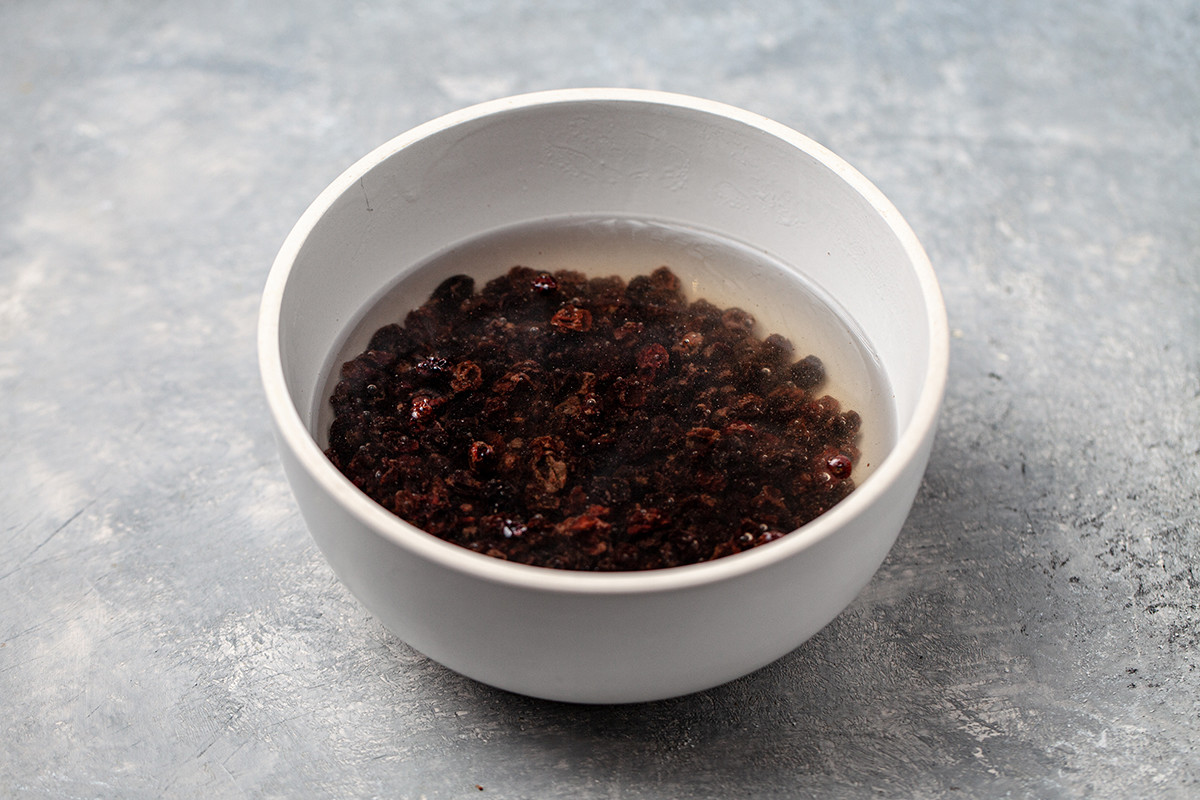
6. Mix the raisins with a small portion of flour. This will help the raisins to be evenly distributed throughout the cake and not fall to the bottom.

7. Add flour, starch, salt and baking powder to the butter mixture - knead it in a mixer until you get a smooth mass.
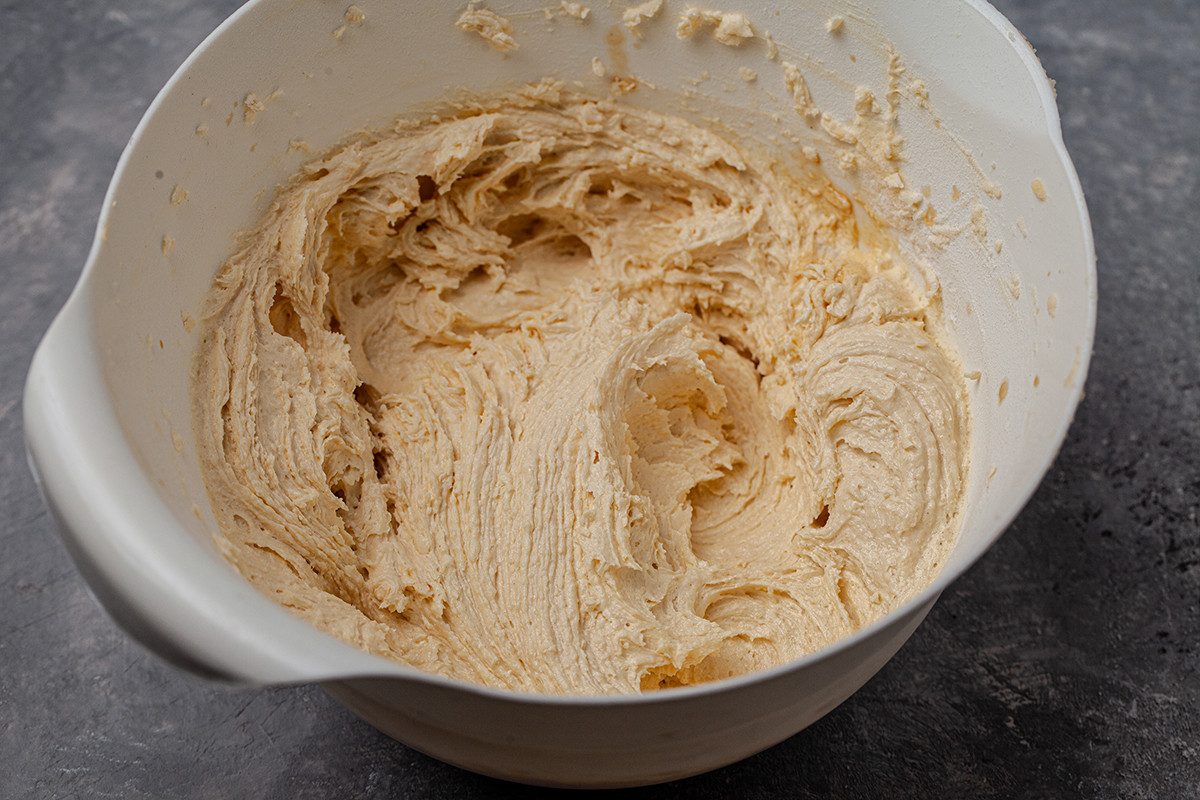
8. Stir in the raisins.
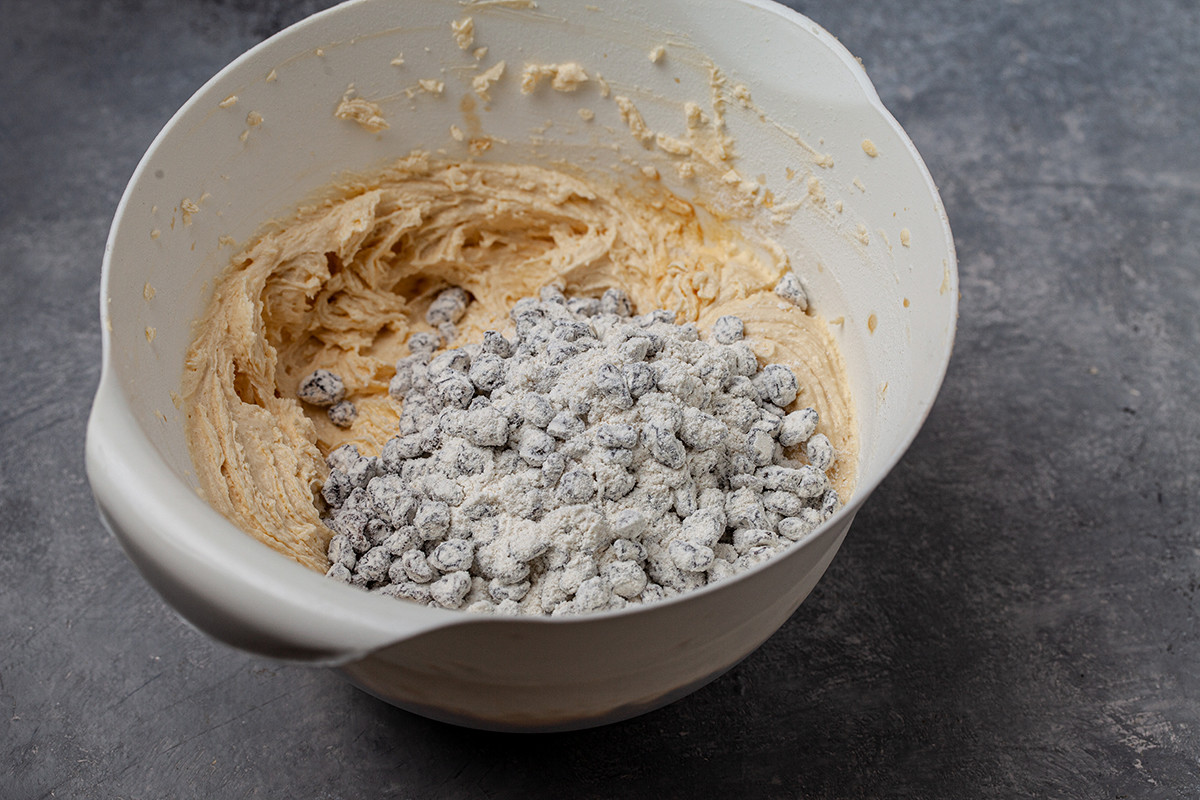
9. Grease the mould with oil and sprinkle in the flour.
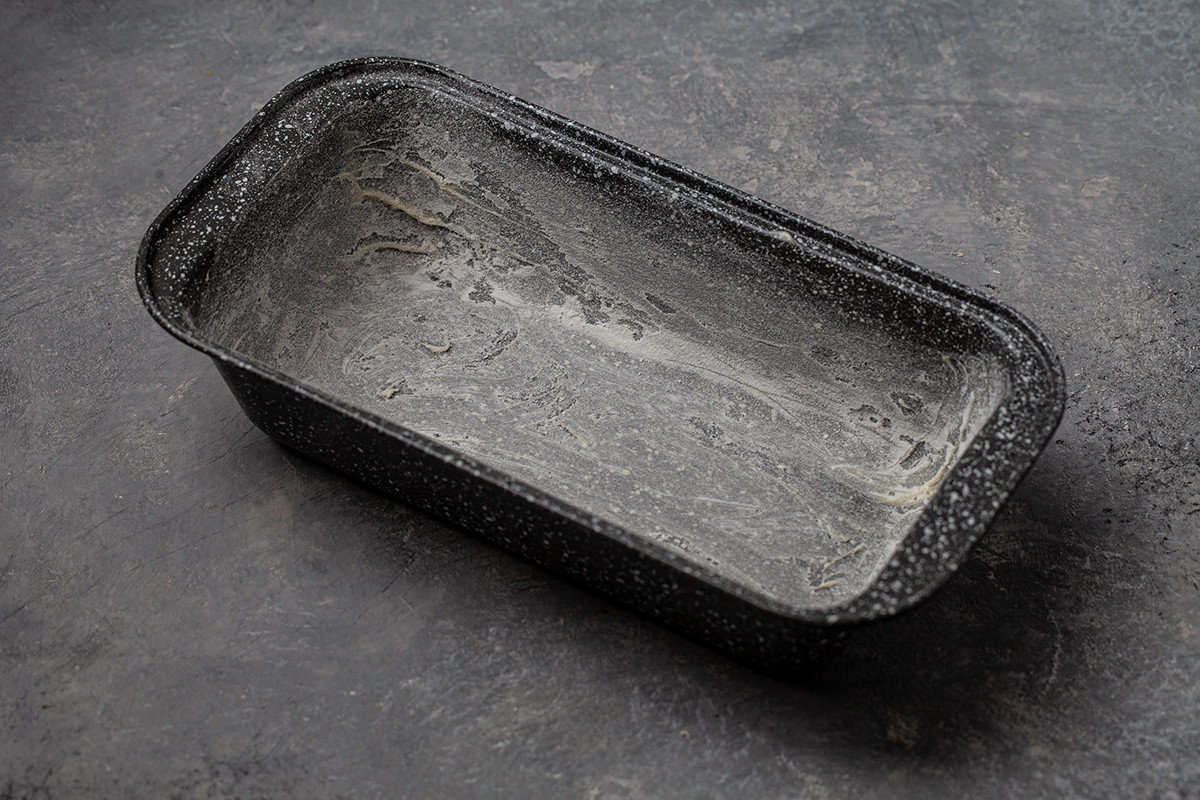
10. Bake the cake at 170° for about 60 minutes. It should rise and crack in the middle.

11. Cool the cake.
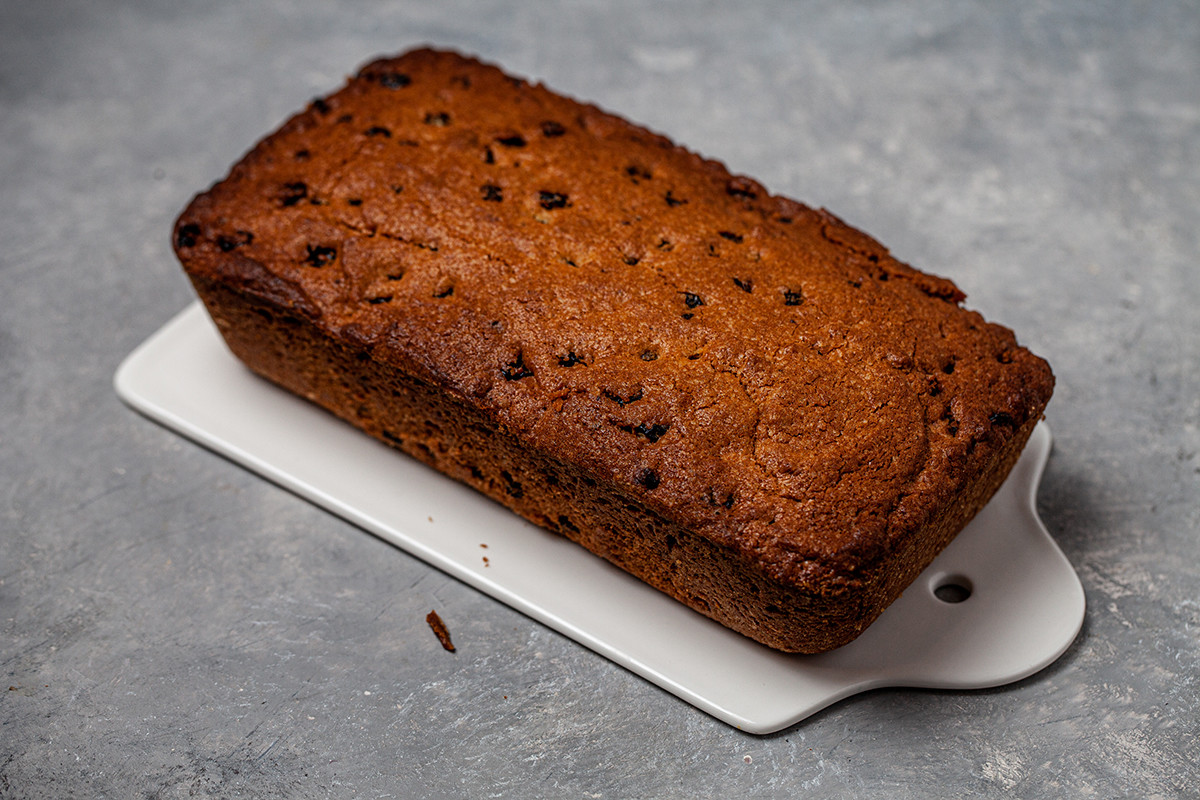
Making meringue:
1. All utensils must be degreased so that the egg whites are whipped well. One drop of fat or yolk will ruin everything.
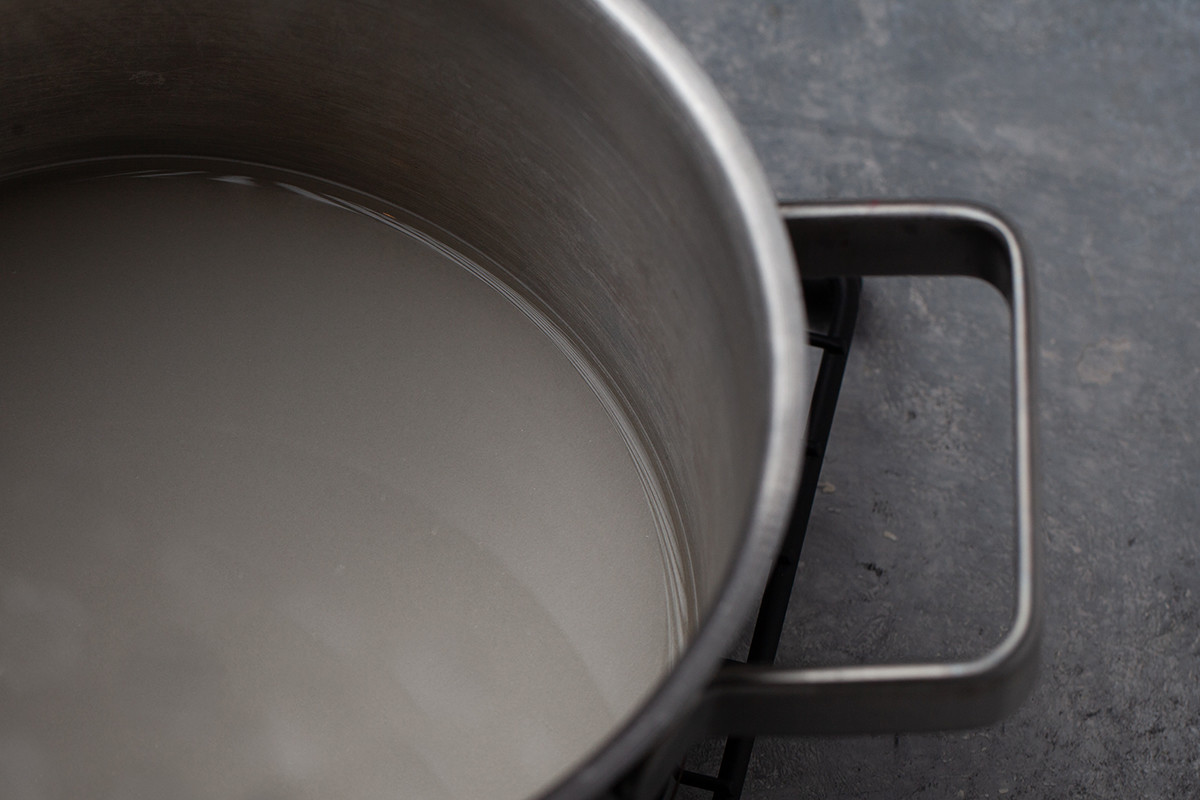
2. Combine sugar and water in a saucepan, and put it on moderate heat.
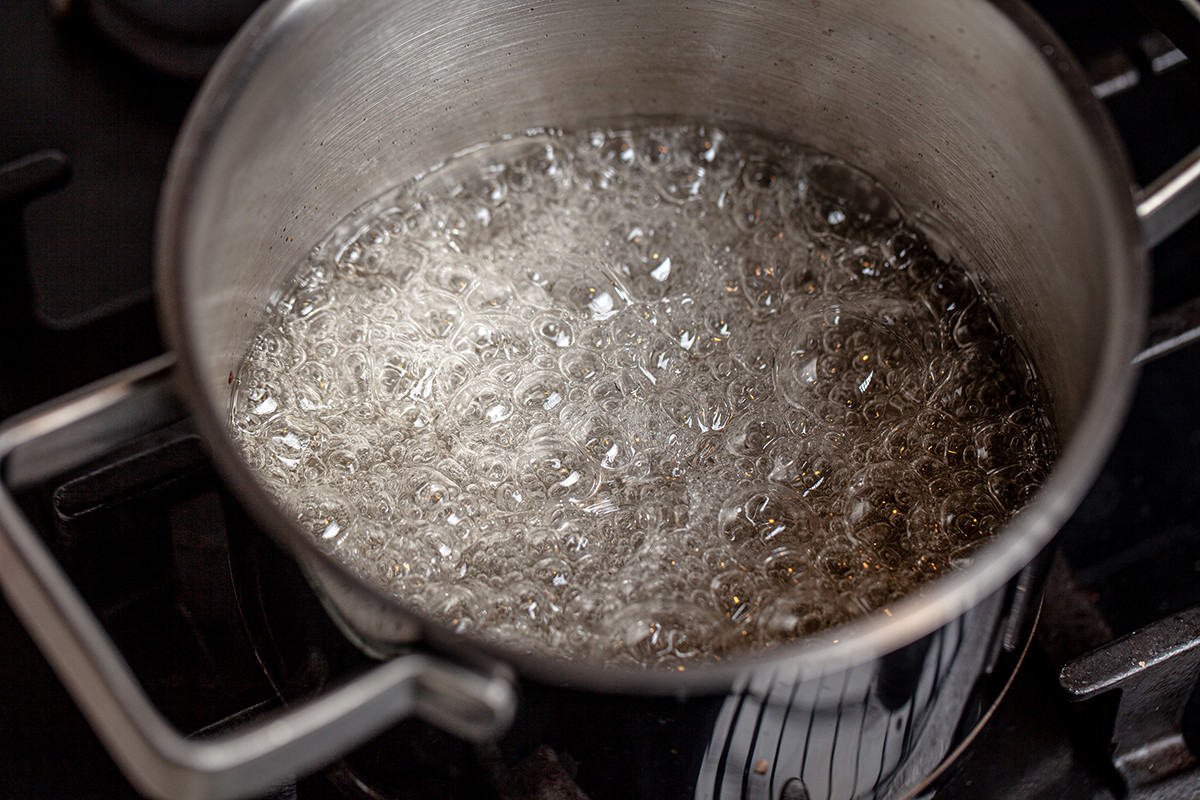
3. At the same time, start whipping the whites in a mixer at medium speed.
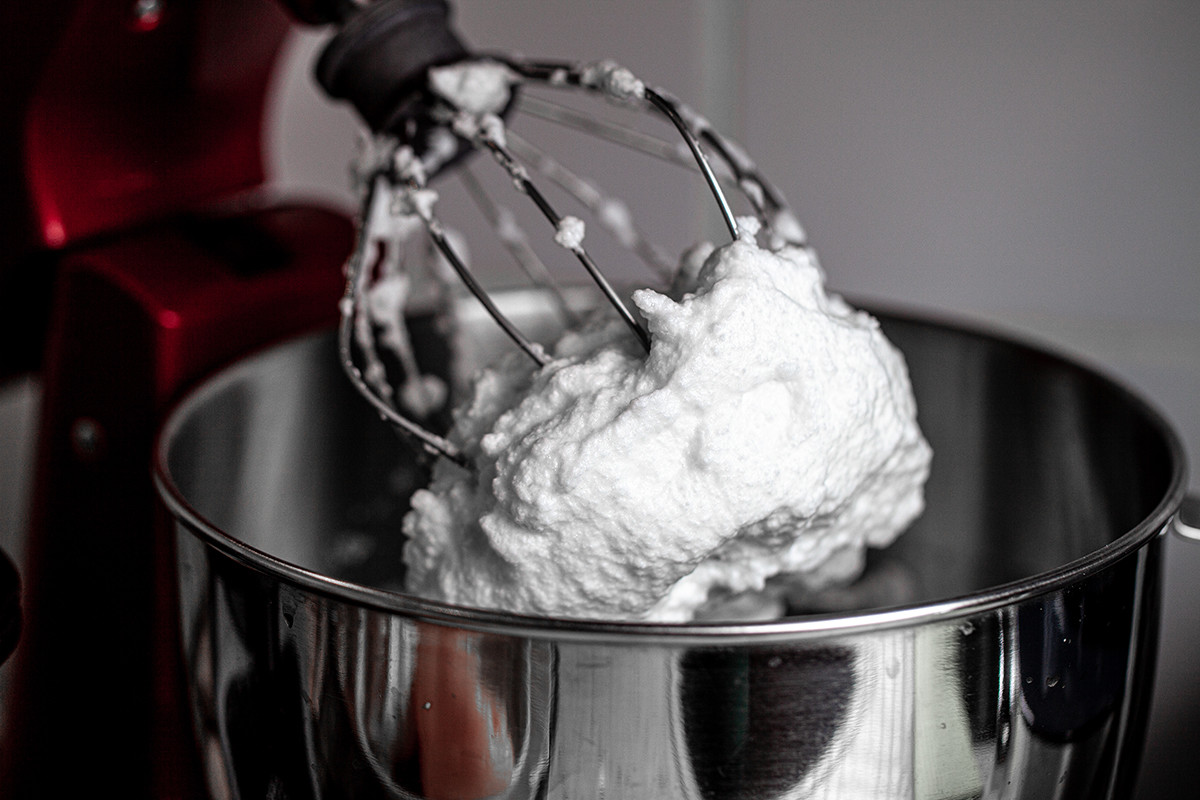
4. When the syrup’s temperature reaches 120 degrees (in 8 minutes), the egg whites will be beaten enough and become dense.

5. Carefully, without touching the whisk, pour the syrup into the meringue in a thin stream while the mixer is running at medium speed. After the syrup is poured in, increase the mixer speed. The meringue will become fluffy, smooth, shiny and keep its shape well.
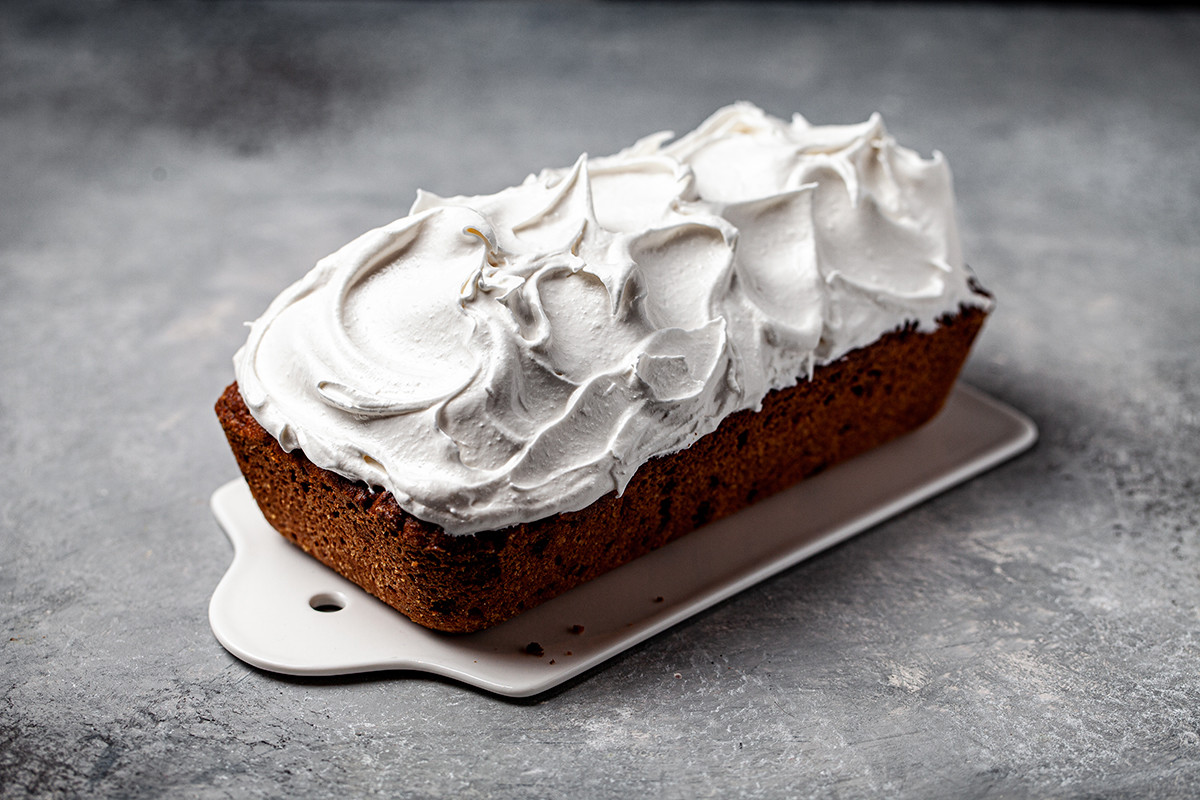
6. Spread the meringue while it's warm over the cake.
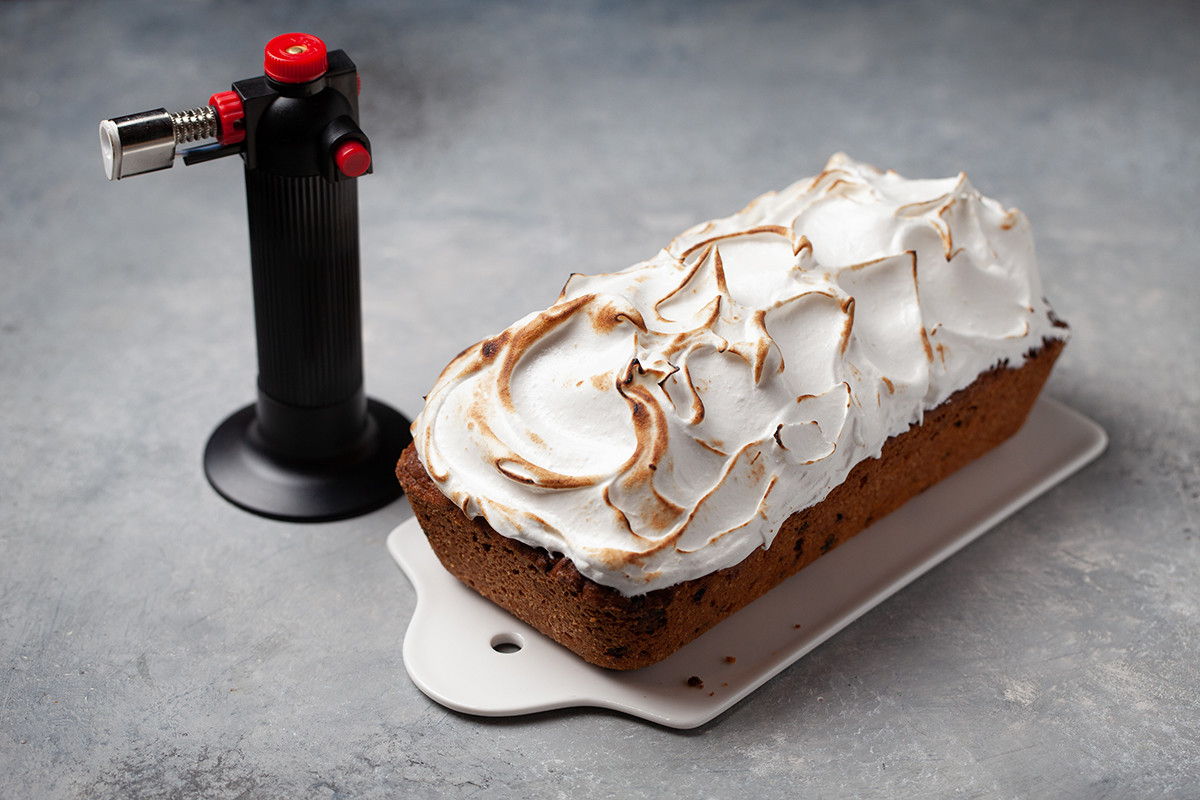
7. Smoke the meringue so that it looks even more festive.
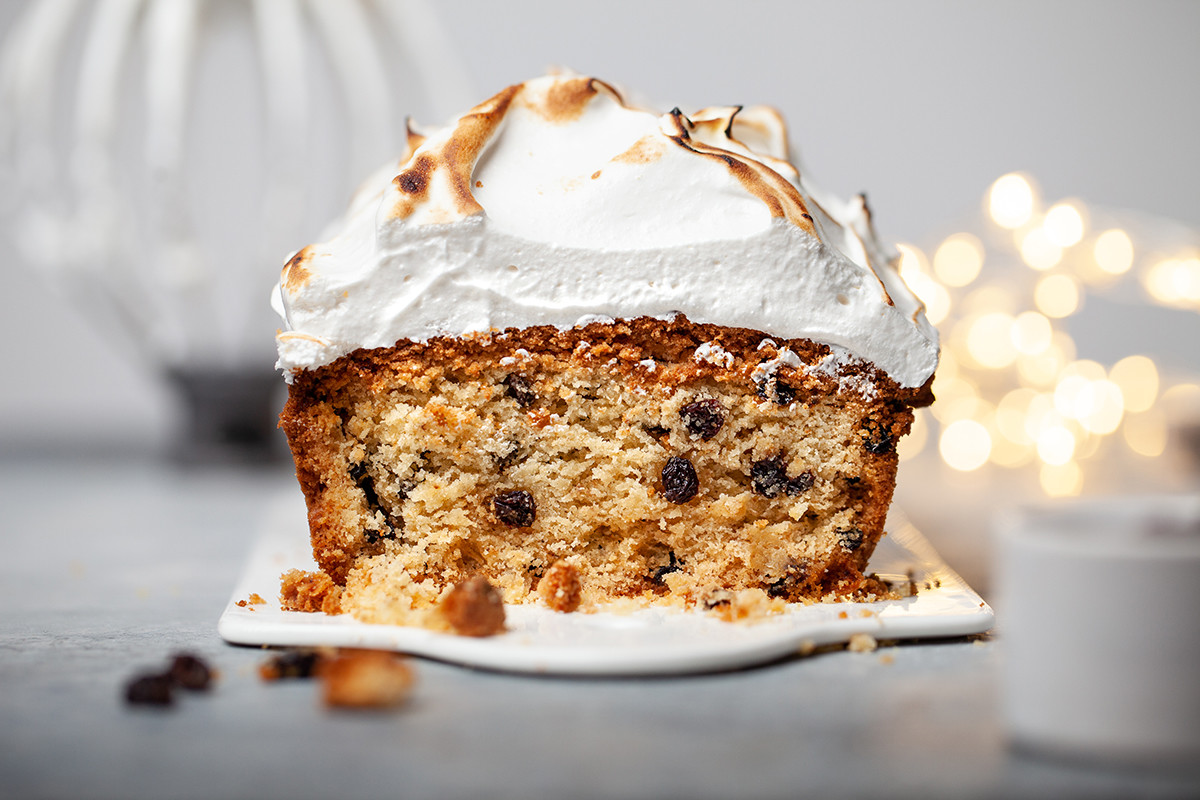
8. Enjoy!

READ MORE: Russian honey breads to decorate your Christmas tree (RECIPE)
If using any of Russia Beyond's content, partly or in full, always provide an active hyperlink to the original material.
Subscribe
to our newsletter!
Get the week's best stories straight to your inbox